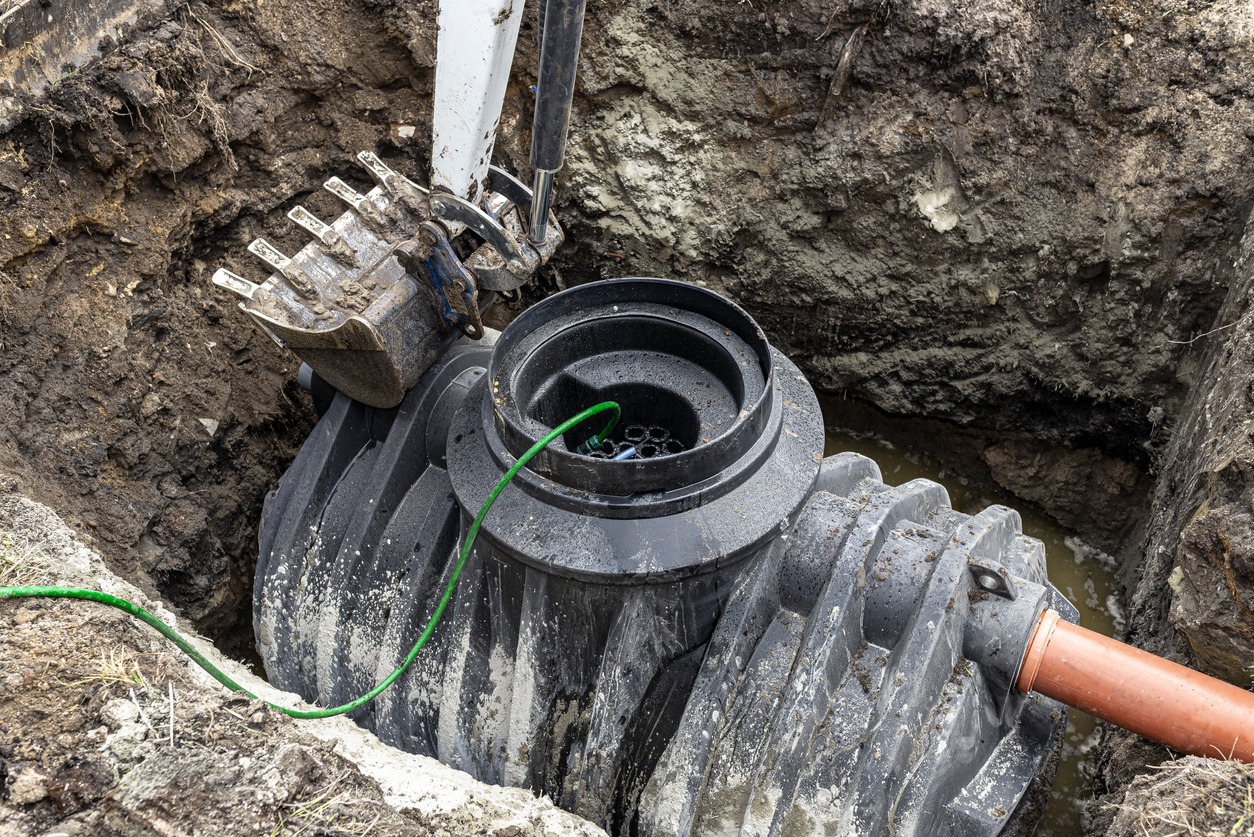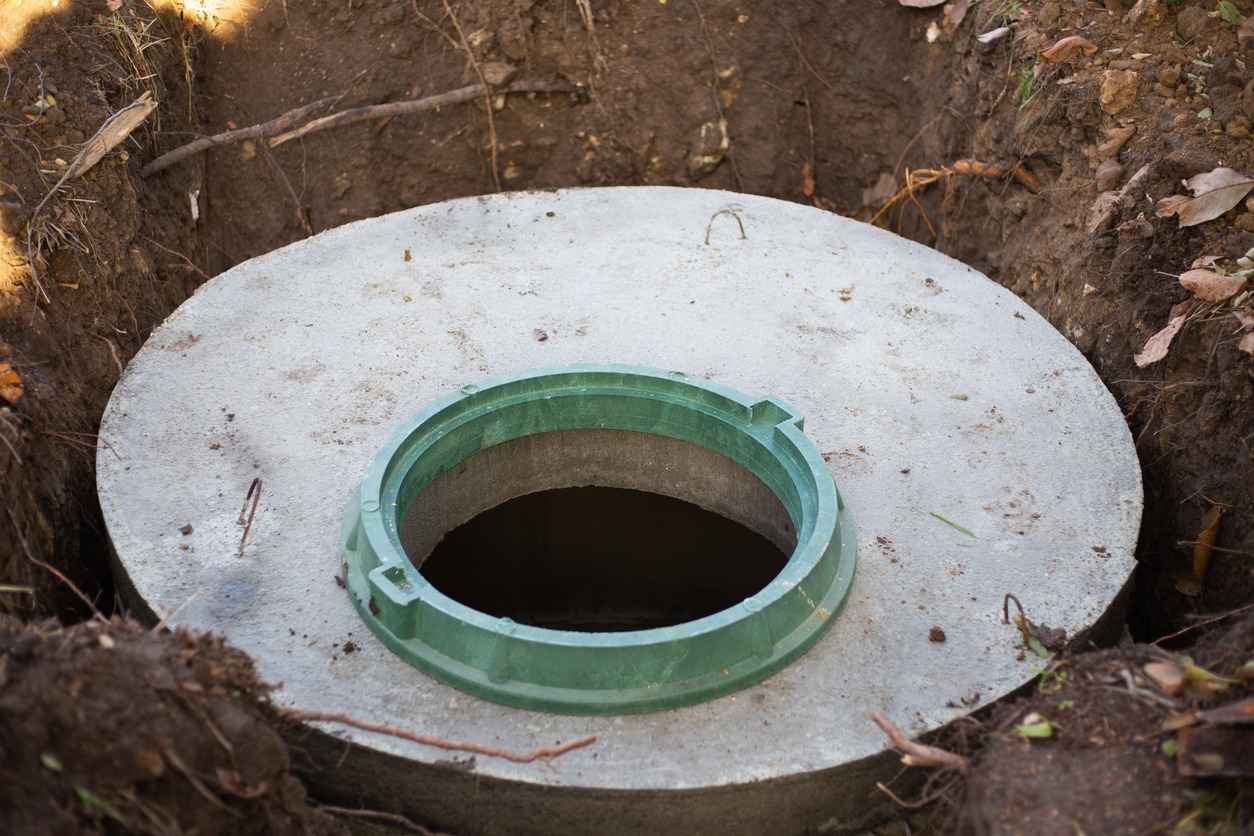Septic tanks play an important role in managing wastewater in areas that are not connected to municipal sewage systems. A septic tank is a special application container used as the main part of a complete, onsite sewage waste management system. They are made for the storage, handling, breakdown, and eventual release of human biowaste. They are also known as onsite wastewater treatment, cluster systems, decentralized treatment, private sewage systems, or on-lot systems.
In the United States, particularly in North America, the use of septic tanks and systems is fairly common, more so in rural areas. They can be used in residential homes, farms, and businesses. Some of the common reasons for needing a septic tank include local zoning requirements, physical location and distance, and other similar access restrictions all tied to whether a municipal sewer plumbing system is in the area or the cost of connecting to the sewer main. Also check out Continue Reading as well.
If you are thinking of having a septic tank system installed on your property, understanding the different types available is important for picking the right system for a specific property and ensuring proper maintenance. That is why to help you, in this article, we are going to explore the different types of septic tanks that are commonly used, along with their characteristics and benefits. This way, you’ll be able to make informed decisions about your wastewater management system.
Conventional Septic Tanks
The most common type of septic tank is the conventional septic tank. It is a septic tank system used in residential and small-scale commercial applications. It consists of a large, watertight underground tank often made of concrete, fiberglass, or polyethylene. The tank is also divided into two compartments, which are the inlet and the outlet.
The wastewater enters the septic tank through the inlet pipe, allowing solid wastewater and heavier particles to settle at the bottom of the tank. The lighter materials, such as oil and grease, float to the top, forming a scum layer. The liquid wastewater, also called effluent, is located between the settled solids and the scum layer.
When new wastewater flows into the tank, it displaces the treated effluent, which exits the tank through the outlet pipe. From there, the effluent is distributed to the drain field or leach field where it percolates through the soil for further treatment.
Advantages of Conventional Septic Tanks
Conventional septic tanks are widely used, relatively simple, and have a cost-effective installation. They are effective when it comes to the treatment and removal of pathogens and pollutants. They are also suitable for a wide range of soil types.
Disadvantages of Conventional Septic Tanks
Compared to other advanced systems, conventional septic tanks have limited treatment capabilities. They also need sufficient space for installation. Also, to prevent system failure, regular pumping and maintenance are required. You also have to note that conventional septic tanks are susceptible to clogging and damage from improper use or the introduction of non-biodegradable materials.
Aerobic Septic Tanks
Aerobic septic tanks are also called aerobic treatment units (ATUs). They are advanced wastewater treatment systems that introduce oxygen into the septic tank to facilitate aerobic bacterial digestion. Unlike conventional septic tanks that work in an oxygen-depleted environment, aerobic tanks promote the growth of aerobic bacteria, which are more efficient when it comes to breaking down organic matter.
Most aerobic septic tanks have multiple chambers or compartments. The first chamber receives the raw wastewater from the inlet pipe, and it s here where the aeration process starts. Oxygen is supplied through different methods, such as mechanical aerators, diffusers, or air pumps. The aerobic bacteria in the tank use oxygen to break down the organic waste faster, which results in enhanced treatment.
As the wastewater progresses through the subsequent chambers, further treatment and clarification occur. The final effluent, which has undergone advanced treatment compared to conventional systems, is discharged into the drain field for final purification in the soil.
Advantages of Aerobic Septic Tanks
Aerobic systems offer a more thorough treatment of wastewater compared to conventional systems, which results in higher levels of pathogen and pollutant removal. Also, the improved treatment efficiency of aerobic tanks allows for a smaller drain field size, making them great for properties that have limited space.
You can use aerobic septic tanks in places with difficult soil conditions, such as high clay content or poor percolation rates because the advanced treatment process decreases the strain on the soil. In addition to that, the aerobic bacteria and increased oxygen levels in the tank contribute to a reduction in foul odors often associated with septic systems.
Disadvantages of Aerobic Septic Tanks
Since aerobic septic tanks rely on mechanical components, such as air pumps or aerators, it needs electricity to operate. These air pumps also need periodic maintenance, such as cleaning or filter replacement, to ensure efficient oxygenation. The oxygen levels, bacterial activity, and effluent quality of the aerobic tank also need to be monitored and adjusted by a professional service provider. Lastly, even though it has enhanced treatment capabilities, aerobic septic tanks still accumulate solids and need regular pumping to prevent blockages and maintain performance.
Anaerobic Septic Tanks
Anaerobic septic tanks are traditional septic systems that work in an oxygen-depleted environment. Unlike aerobic tanks that promote the growth of aerobic bacteria, anaerobic tanks rely on anaerobic bacteria to decompose organic waste. These bacteria thrive in an oxygen-free environment and break down the solids through a process known as anaerobic digestion.
Anaerobic septic tanks typically consist of a single chamber and are simpler in design compared to aerobic tanks. The wastewater enters the tank through the inlet pipe, where solid waste settles at the bottom, forming a sludge layer. The lighter materials, such as oils and fats, float to the top, creating a scum layer. The liquid effluent remains in the middle layer.
Over time, the anaerobic bacteria break down the organic matter in the tank, converting it into gasses (mainly methane) and partially treated effluent. The effluent then exits the tank through the outlet pipe and is distributed to the drain field for further treatment in the soil.
Advantages of Anaerobic Septic Tanks
One of the best things about anaerobic septic tanks is that they have a simple design, making them easy to install and maintain. They also do not need any mechanical components or continuous aeration, resulting in lower energy consumption. Since it needs fewer components and no mechanical parts, its maintenance and repair costs are also lower. It is a good septic tank for places with low soil permeability, such as soils that are clayey and poorly draining.
Disadvantages of Anaerobic Septic Tanks
The downside of anaerobic septic tanks is that they provide less advanced treatment compared to aerobic septic tanks. With this, they also have a reduced removal of pathogens and pollutants. In addition to that, anaerobic pollutants can also produce unpleasant odors, particularly if the system is not maintained properly. Anaerobic tanks also need more frequent pumping to remove accumulated solids because the decomposition process is slower.
Alternative Septic Tank Systems
In addition to the main types of septic tanks, there are also alternatives that you need to learn about. Below are some of them:
Sand Mound Systems
This type of alternative septic tank system involves the construction of an elevated bed of sand and gravel above the natural soil surface. The effluent from the septic tank is pumped to the sand mound, where it is distributed and filtered through the sand and gravel layers. This system is often used in places with high groundwater tables or poor soil drainage.
This provides additional treatment and filtration compared to standard drain fields, making it suitable for challenging soil conditions. However, sand mound systems need periodic maintenance and monitoring as it is at risk for clogging and hydraulic failure if not maintained well.
Chamber Systems
A chamber system features plastic chambers or pipes with perforations that are installed in trenches or beds. The effluent from the septic tank is evenly distributed into the chambers, allowing it to seep into the surrounding soil for treatment. Chamber systems offer an alternative to traditional gravel-filled drain fields.
The good thing about chamber systems is that it is easy to install. In addition to that, it has improved the distribution of effluent, is adaptable to different soil types, and has lower costs compared to gravel-filled drain fields. However, regular maintenance is also needed to prevent clogging. It is also at risk for damage if heavy vehicles drive over the chambers. S
Peat Moss Systems
This type of alternative septic tank system uses a layer of peat moss or coconut coir as the treatment medium. The effluent from the septic tank is dispersed onto the peat moss layer, where it is treated naturally and filtered before percolating into the soil. These systems are usually used in places that have limited space or poor soil conditions.
Peat moss systems are an effective treatment and filtration. They have a compact design and are great for challenging soil conditions. However, regular monitoring and replacement of peat moss or coconut coir are needed, which may have higher maintenance requirements than other systems.
Constructed Wetlands
Constructed wetlands mimic natural wetland environments to treat wastewater. It has a series of shallow basins or channels filled with gravel, plants, and microorganisms. The wastewater flows through the wetland, where biological, chemical, and physical processes remove pollutants.
This alternative septic system is best at treating wastewater. It is also aesthetically pleasing, can provide a habitat for wildlife, and is suitable for larger properties. However, constructed wetlands need more space, longer implementation time, and specialized design and maintenance, and they also may be subject to regulatory requirements.
Conclusion
Septic tanks are indeed important wastewater management systems for properties that are not connected to municipal sewage systems. It is important to understand the different types of septic tanks available in order to select the right system and ensure proper maintenance. Also, regardless of your chosen type of septic tank, regular maintenance, and proper usage are essential to ensure optimal performance and prevent system failure. It is also a good idea to consult professionals when it comes to site evaluation, system design, installation, and maintenance as they are the ones who can give expert guidance when it comes to septic tank systems. We hope this article helped you learn more about the different types of septic tanks.



